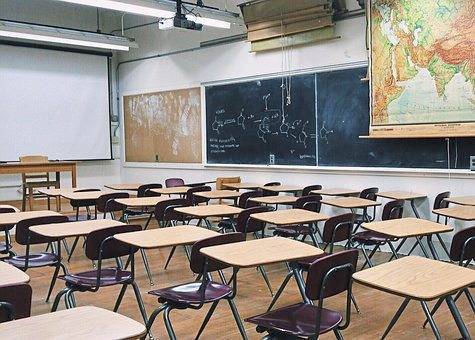Colin McNickle: Attendance matters to students, schools
The nexus between school attendance and academic performance is well established. In general, the better a student’s attendance is, the better that student’s academic results. And, of course, the better the respective school’s attendance rate and academic results.
But an updated analysis of Pittsburgh Public Schools by a scholar at the Allegheny Institute for Public Policy shows the district lost ground on these metrics between the 2012-13 and 2017-18 school years.
“Overall, during the five-year period there was attendance improvement in a small fraction of schools — nine of 50 — but 28 of 50 posted attendance rate declines while 13 held fairly close to the 2012-13 level,” says Jake Haulk, president emeritus and a senior adviser.
The attendance rate essentially is the percentage of days attended out of total school days if no days were missed. As an example, if a school has 100 students, there are 18,000 possible student days, based on a 180-day school calendar. If the students at the school missed a combined 1,000 days (10 days average per student), the attendance rate is 17,000 divided by 18,000 or 94.4%.
Haulk examined 50 Pittsburgh Public Schools (K-12, with five not included because of special factors and one that had no 2012-13 data).
Broken down by group, among the 21 K-5 schools, 12 saw attendance declines over the five years, one saw an increase and eight were relatively static for an average attendance rate of 93.5% or 12 absences per student per year.
At the same time, the average number of K-5 students scoring proficient or higher in English in 2017-18 was 47% (based on PSSA scores) with six schools scoring slightly above the state average of 63%.
Pittsburgh’s public schools averaged 34.9% proficiency in math with six above the state average of 45%. Six were under 20% while four were under 15.5%. (Do note the averages were held down because of exceptionally poor scores in the very large Philadelphia public schools.)
In the K-8 group, nine schools recorded lower attendance rates, four remained close to 2012-13 while no school posted an improved rate. The average for the 13 schools fell from 93.9% to 92.6%.
But only 44.7% and 27.7% scored proficient or advanced in English and math, respectively. Only three K-8 schools were at or above the state average for those subjects. Six K-8 schools had math and English scores far below statewide averages.
While seven schools in the grades 6-8 grouping fared best in attendance rate changes from 2012-13 to 2017-18 — four improved and three fell — test results were very weak. No school reached the state average in math or English.
“Five of the schools had proficient scorers of fewer than 20% with the highest of the seven schools reaching only 31.4%,” Haulk says.
Of the five schools making up the 6-12 group, two schools showed attendance improvement, two experienced declines and one held steady. And what a study in contrasts.
In the final grouping — encompassing four traditional 9-12 high schools — attendance was split with the average 2017-18 attendance rising to 86.3 from the 2012-13 average of 85.6. But that still means average per-student absences of 26 days.
“It is clear that the attendance rate at many schools that are 93% or below is still a significant problem,” Haulk concludes.
Colin McNickle is communications and marketing director at the Allegheny Institute for Public Policy and can be reached via email.
Remove the ads from your TribLIVE reading experience but still support the journalists who create the content with TribLIVE Ad-Free.

